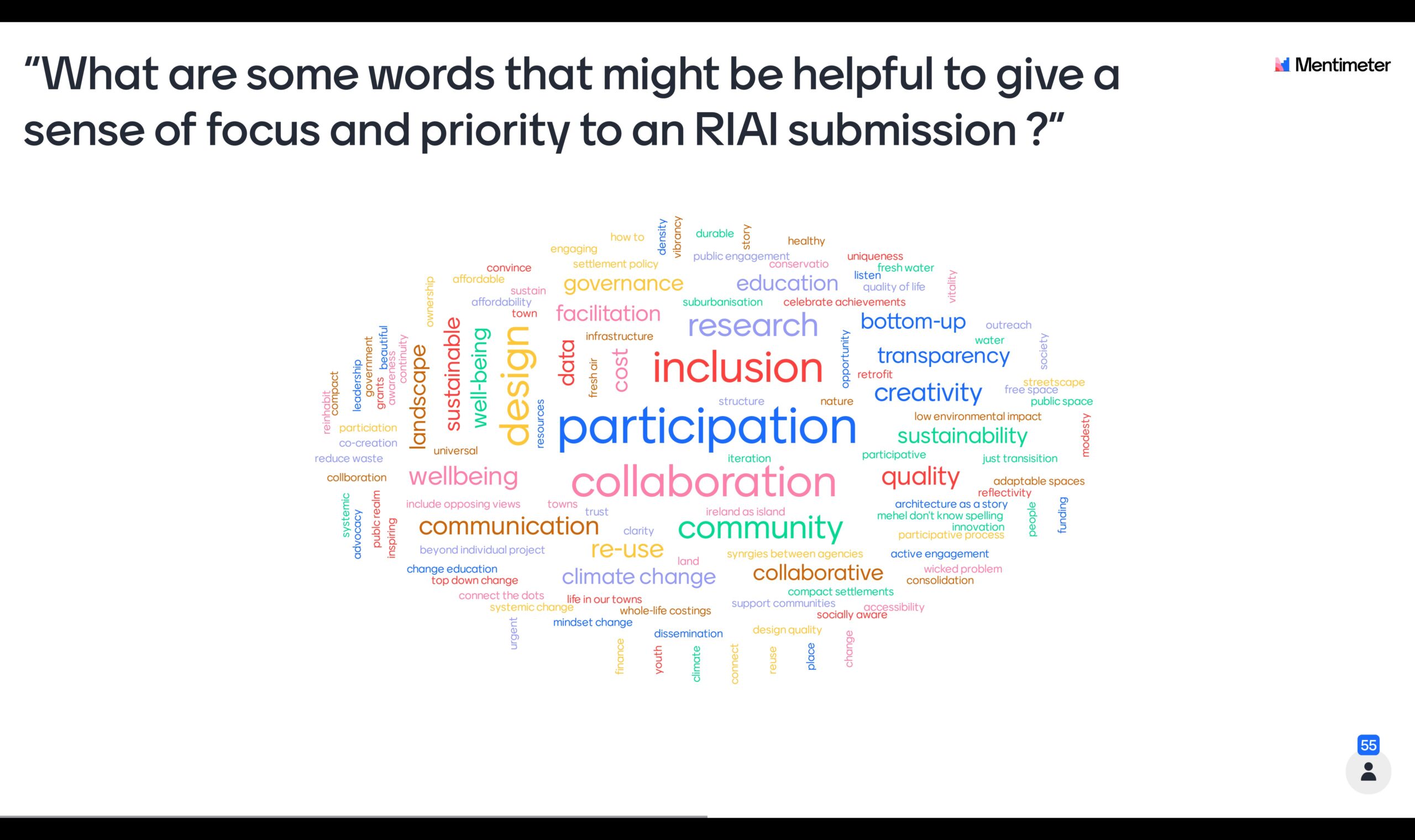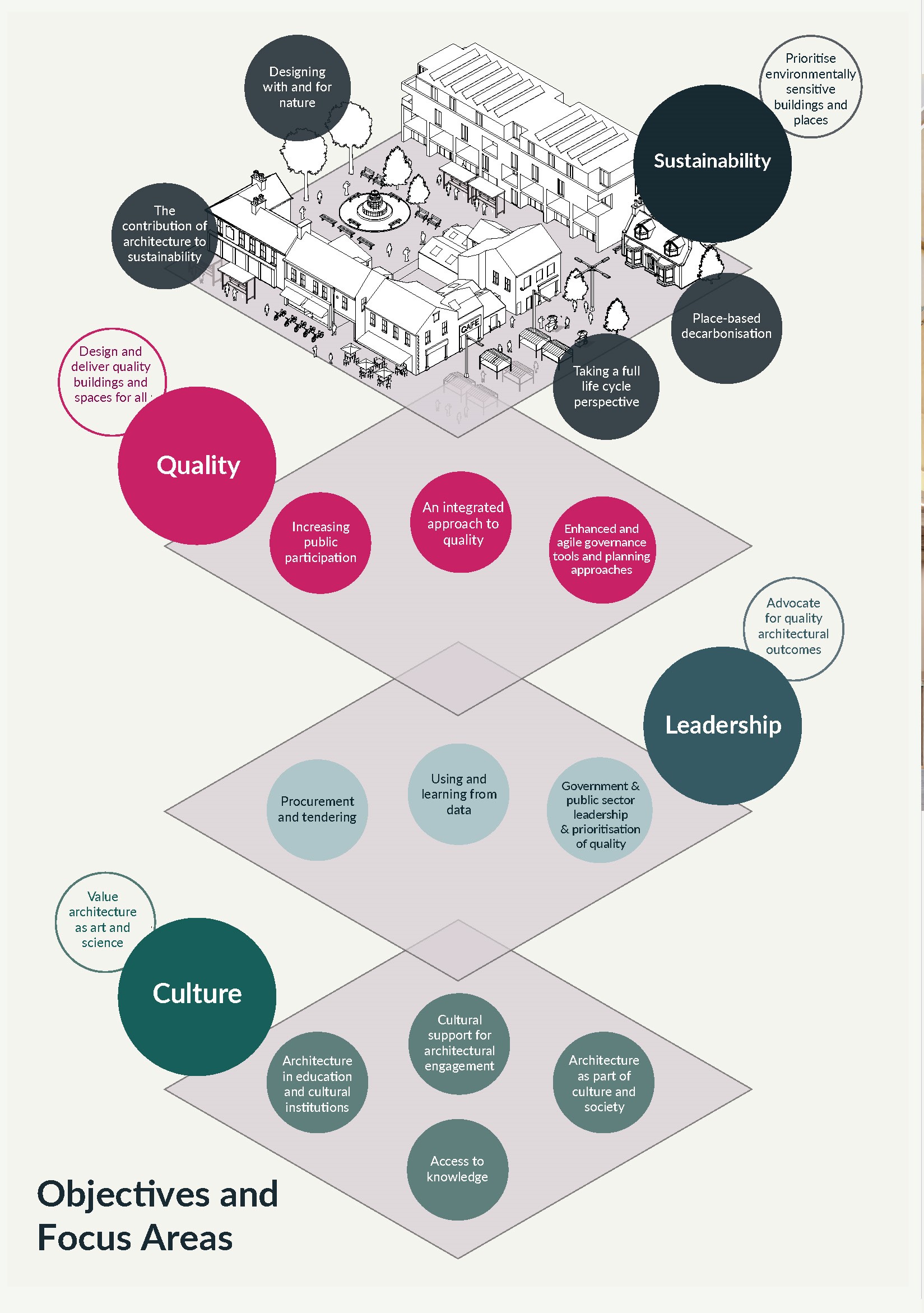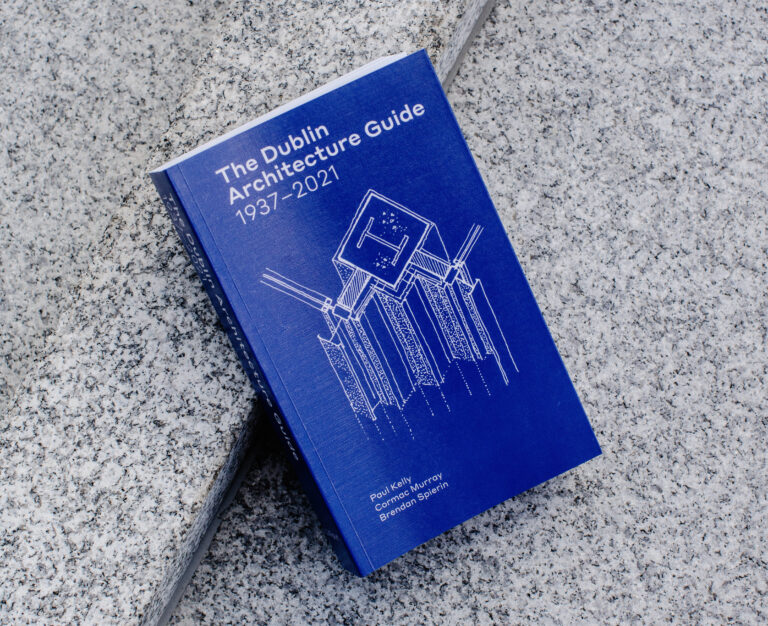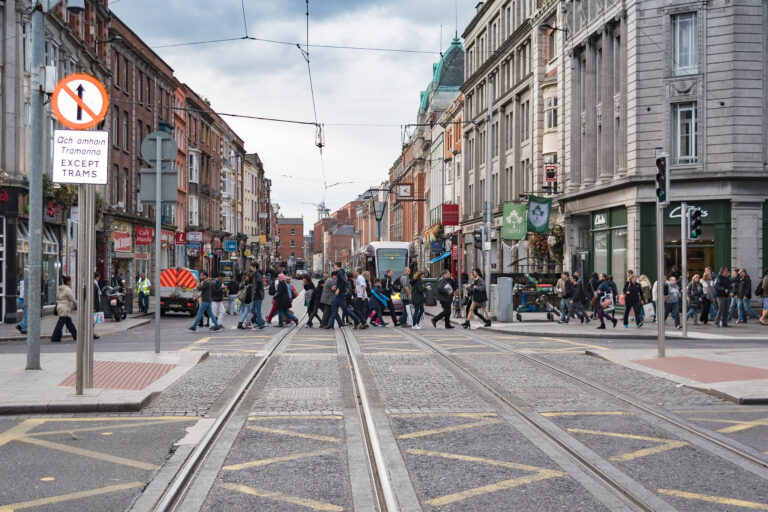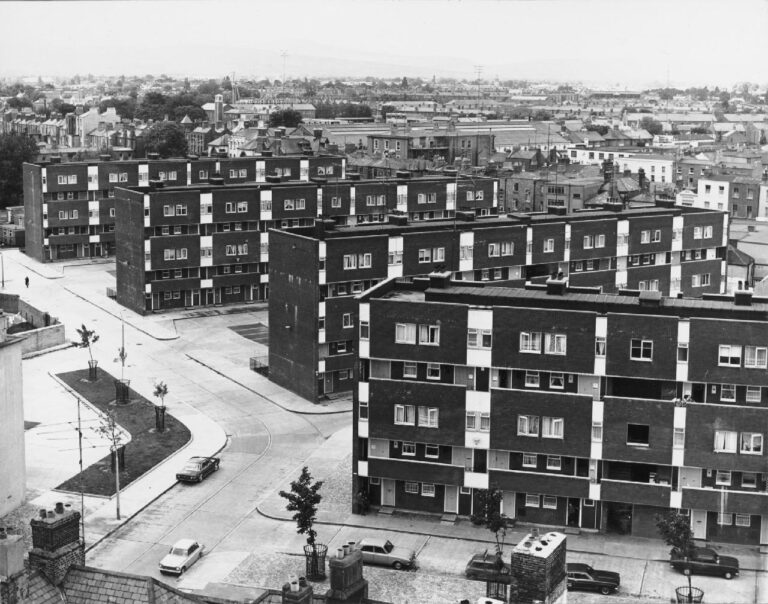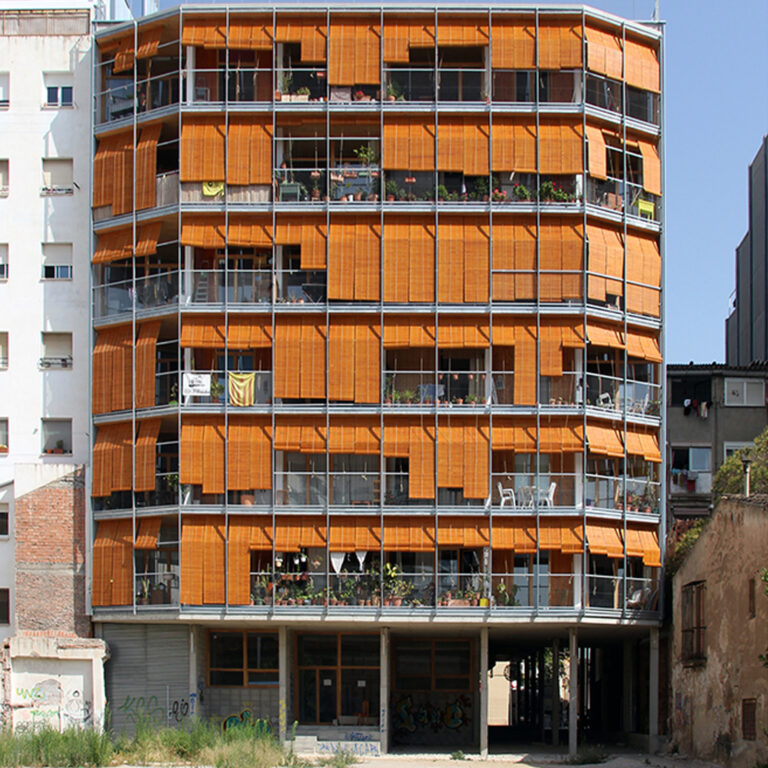Journal •
The Main Steps, Elements & Action Priorities in Places for People
The steps in developing Places for People started with listening to local and national voices and examining European policies and actions. The following steps involved analysing the causes and systemic difficulties and gaps, synthesising all this material into draft vision, objectives and fundamental requirements, and continually reviewing and improving this material while designing practical implementation routes and strategies.
While we worked, the European Commission launched the Green Deal, created the New European Bauhaus and published the first European architecture policy report, Towards a Shared Culture of Architecture. It became clear with the introduction of the New European Bauhaus that a cultural transformation towards participatory engagement, co-creation and use of holistic design indicators and outcomes would be championed at EU level. This fast-moving set of developments will have implications for Ireland over time, so Places for People absorbed all this material and reflected these emerging priorities in the text and recommended actions.
Aided by the excellent work done by our supportive advisory group and knowledgeable and helpful contractor M.CO, the project team gradually refined the material to define a vision, select four policy objectives, draw these many strands together and refine the focus to some critical action areas.
The vision which emerged is about the power of leadership to drive a quality agenda based on knowledge, creativity, circularity and inclusion, shaping a more sustainable built environment for all. This statement contains the essence of the four objectives.
The desired outcomes expressed in the vision are the first two objectives:
- Sustainability, which means respecting and working with our built environment resources (treating it as a whole, including past, present and future architecture) to achieve sustainable development goals
- Quality, which means designing and delivering quality buildings and spaces for all.
To achieve these outcomes, the policy seeks to communicate international, European and Irish best practices, and foster awareness, understanding and continuous improvement. It will be no small achievement to succeed in these objectives as we collectively grapple with both systemic issues and the daily practicalities of managing complex requirements and multiple stakeholders.
The actions that will fulfil these objectives will happen at all scales, from design and delivery of small projects to the conservation, planning, design and reuse of places.
These ambitious outcomes can only become possible with some critical inputs:
- Leadership: it is essential that leaders and decision makers advocate for quality architectural outcomes, and
- Culture: we seek to foster a culture which values architecture as both art and science, serving people, place and planet.
Contributed by Nessa Roche, Senior Architectural Advisor, Built Heritage Policy, Department of Housing, Local Government and Heritage 26.09.22
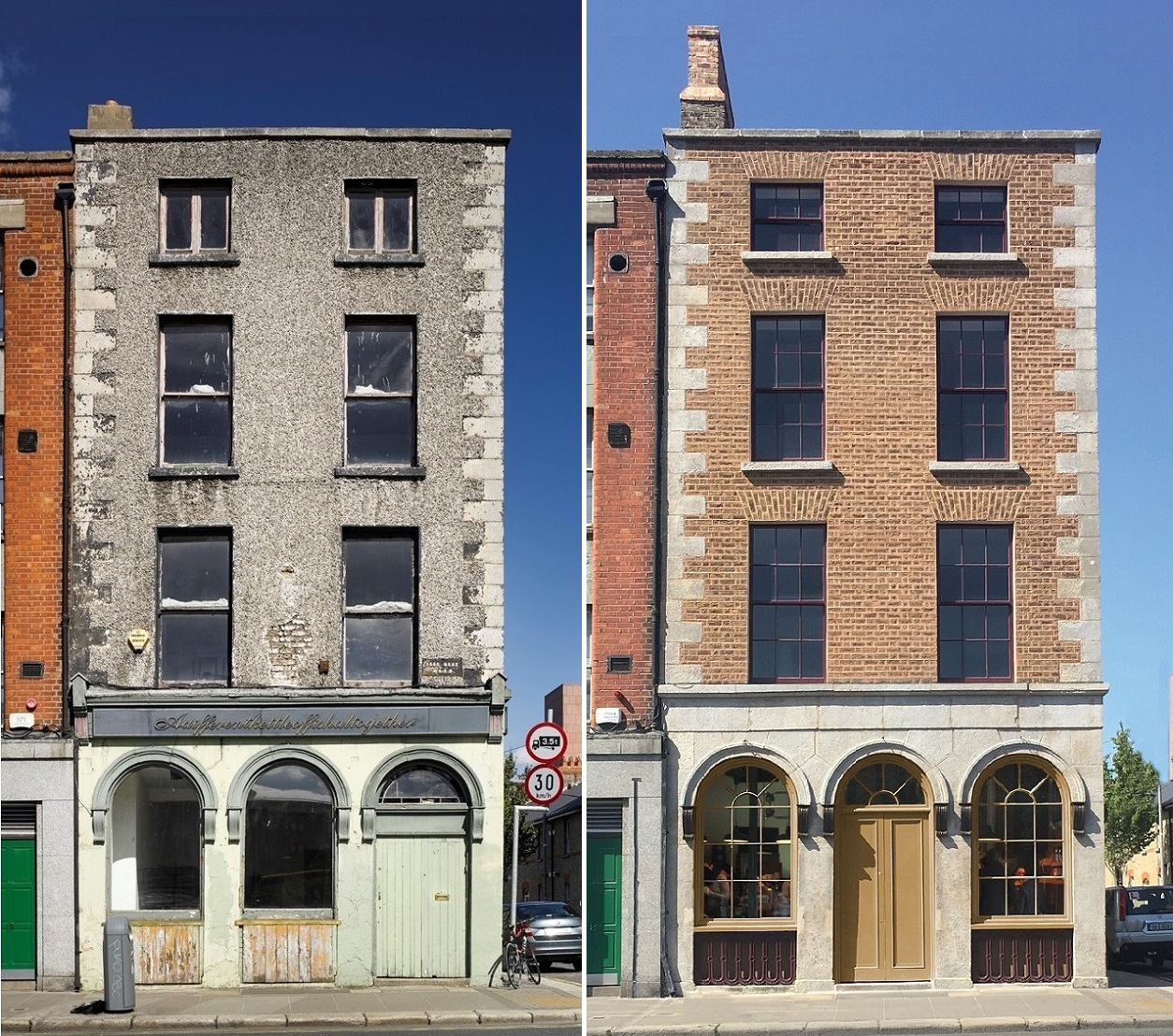 Dublin Civic Trust, Ormond Quay, Dublin; a practical example of high-quality conservation with an education focus and winner of the Europa Nostra Award, 2021; photos by DCT and Ros Kavanagh, reproduced courtesy Dublin Civic Trust
Dublin Civic Trust, Ormond Quay, Dublin; a practical example of high-quality conservation with an education focus and winner of the Europa Nostra Award, 2021; photos by DCT and Ros Kavanagh, reproduced courtesy Dublin Civic Trust 
